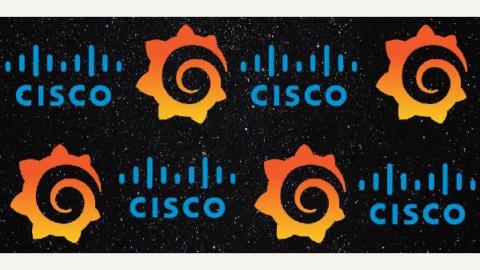Operations | Monitoring | ITSM | DevOps | Cloud
Latest News
How to Diagnose Network Problems: The Ultimate Handbook
The Challenges of Switching from MPLS to Broadband
Let's start by simply stating that MPLS is arguably still the leading way to interconnect remote offices back to the company’s primary data centers. MPLS is also great for real-time traffic (like video conferencing). Yet even with those facts working in MPLS’s favor, its usage is dropping year after year. According to TeleGeography’s annual WAN Manager Survey, there was a 24% drop from 2019 to 2020 – and that trend hasn’t slowed down.
The NOC of the Future: What Businesses Must Know Now
The Network Operations Center (NOC)— the powerful, centralized epicenter that supervises, monitors, and maintains network availability—is the core of the network infrastructure. It’s up to the NOC to keep large, complex networks running reliably.
Where No (Enterprise) WAN Has Gone Before
Today’s modern enterprise WAN is a mix of public internet, cloud provider networks, SD-WAN overlays, containers, and CASBs. This means that as we develop a network visibility strategy, we must go where no engineer has gone before to meet the needs of how applications are delivered today.
No, You Haven't Missed the Streaming Telemetry Bandwagon - Part 1
Streaming telemetry holds the promise of radically improving the reliability and performance of today’s complex network infrastructures, but it does come with caveats. In the first of a new series, Kentik CEO Avi Freedman covers streaming telemetry’s history and original development.
What Is Jitter in Networking: The Network Jitterbug
Catchpoint Internet Performance Monitoring (IPM) Capabilities for AIOps are now available in the BMC MarketZone program
Monitoring Cisco NX OS metrics with Grafana
In this article, we will explore what Cisco NX OS is and what it is used for. You will find out what metrics are and why it is very important to monitor them. Then, we will look at how to monitor Cisco NX OS metrics with Grafana, a graphical data visualization tool, and how MetricFire can help us with this. In order to learn more about MetricFire, book a demo with our technical specialists or sign up for the MetricFire free trial today.
API Monitoring with Kentik
API monitoring is the process of keeping tabs on the performance of your REST APIs. Learn how Kentik’s API monitoring tools let you identify bottlenecks, spot performance drops, and maintain availability to ensure a quality experience for your end users. Learn more in this API monitoring tutorial.











